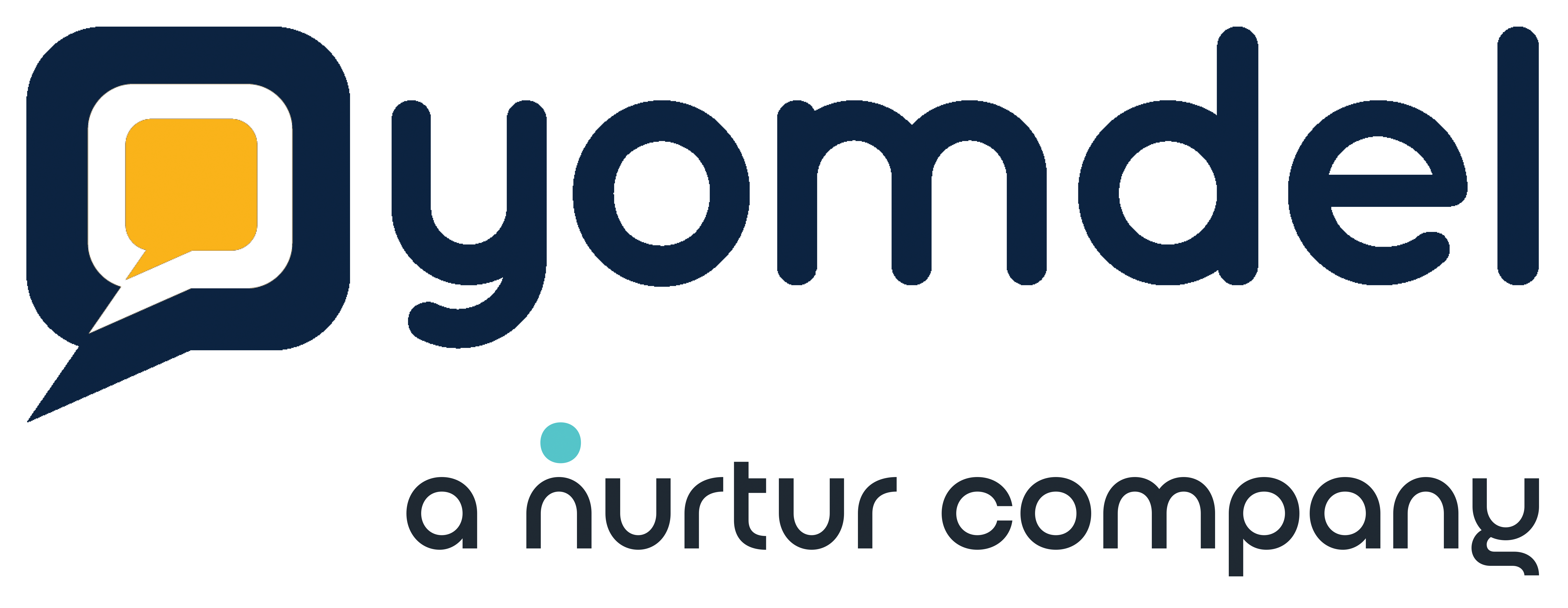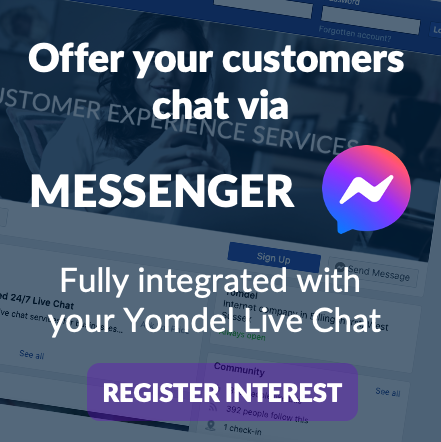A key objective of most research is to get closer to your customers, or potential customers, to find out everything you can about them, in relation to your product or service.
Business Market Research, or B2B Research, as it is commonly known, is no different. Your customers just happen to be other businesses, individuals, or departments within those businesses rather than members of the general public, or consumers.
The biggest difference between B2B market research and consumer market research is the type of people you need to talk to for your project. And getting a group of business people to answer your questions can be more challenging than finding a sample of consumers, even consumers within a very niche interest area or geographic region.
The challenge comes in a number of areas:
- Locating the right sort of respondents in the first place
- Getting their contact details
- Overcoming their suspicion of being sold to
- Overcoming their lack of time or inclination to participate
- Not being able to use financial incentives commonly used to engage consumer participants
There are however, a number of ways that these challenges can be surmounted, to find an appropriate business market research sample, where expert research providers or partners can help:
- B2B Online Panel Provider. This can be a good option if your business serves a broad, non-specific, business target market. It is virtually impossible to recruit a tightly defined audience this way. but it is probably the most cost-effective way to achieve a highly robust sample size. Panels will reward participation which helps (a bit).
- Social Media. LinkedIn has been shown to work as a B2B recruitment tool although you will have to pay the platform to target the type of individuals you want and probably pay the respondents too. This can be a good first step to recruit a small number of relevant individuals or businesses to take part in something like an online focus group. Where done by an external research provider, it will deliver increased engagement levels and limit scepticism around covert selling. Incentives can also be offered.
- Events/Conferences. Tricky at the moment, although virtual events still offer a forum in which to invite participants to take part in a research project. This method allows you to target a highly relevant captive market although response rates will vary, based upon subject material and target profiling.
- Member lists/Personal Contacts. GDPR permitting, member associations may be prepared to send members research invitations on behalf of third party research agencies. This can be a highly effective way to canvas opinion within a specific sector whilst protecting member privacy. Failing that, leverage your own contact book. Depending on your target market, acquaintances within and without your own sector can contribute hugely to answer some research questions or to explore common issues and pain points for a wide range of businesses. (Works well combined with LinkedIn, provided the topic is not too confidential).
Other types of research objectives commonly pursued by businesses, whether their customers are other businesses or regular consumers, are to monitor market trends and to keep an eye on what the competition is doing.
This might include buying or accessing secondary research data from organisations such as government departments, trade associations or commercial market research publishers. This kind of research is often time-consuming and complex and is best combined with some primary forms of research (see above) to be sure of obtaining up to date and relevant data. A good research agency can save you a lot of time by curating a large quantity of sources and extracting the most value to achieve your business objectives.
For small business market research, desk research can be conducted, either internally or via a third-party agency, to supplement official secondary data sources. This can be a particularly helpful exercise if you want to profile key competitors and compare and contrast pricing, service/product features and marketing strategy.
Using an external partner facilitates this process for a number of reasons including impartial methodology; extra capacity and resource to conduct the research; anonymity; and the ability to pose as a customer to find out detailed commercial information.
Hopefully this has given you some food for thought if you are thinking of approaching a business audience for a research project, are planning some desk research on your competitors, or want to explore the state of play in a particular industry sector.
If you need expert help to plan, execute and deliver actionable, market research for business, please don’t hesitate to get in touch with the Insights Team here at Yomdel. We love a challenge and we are excellent listeners.







